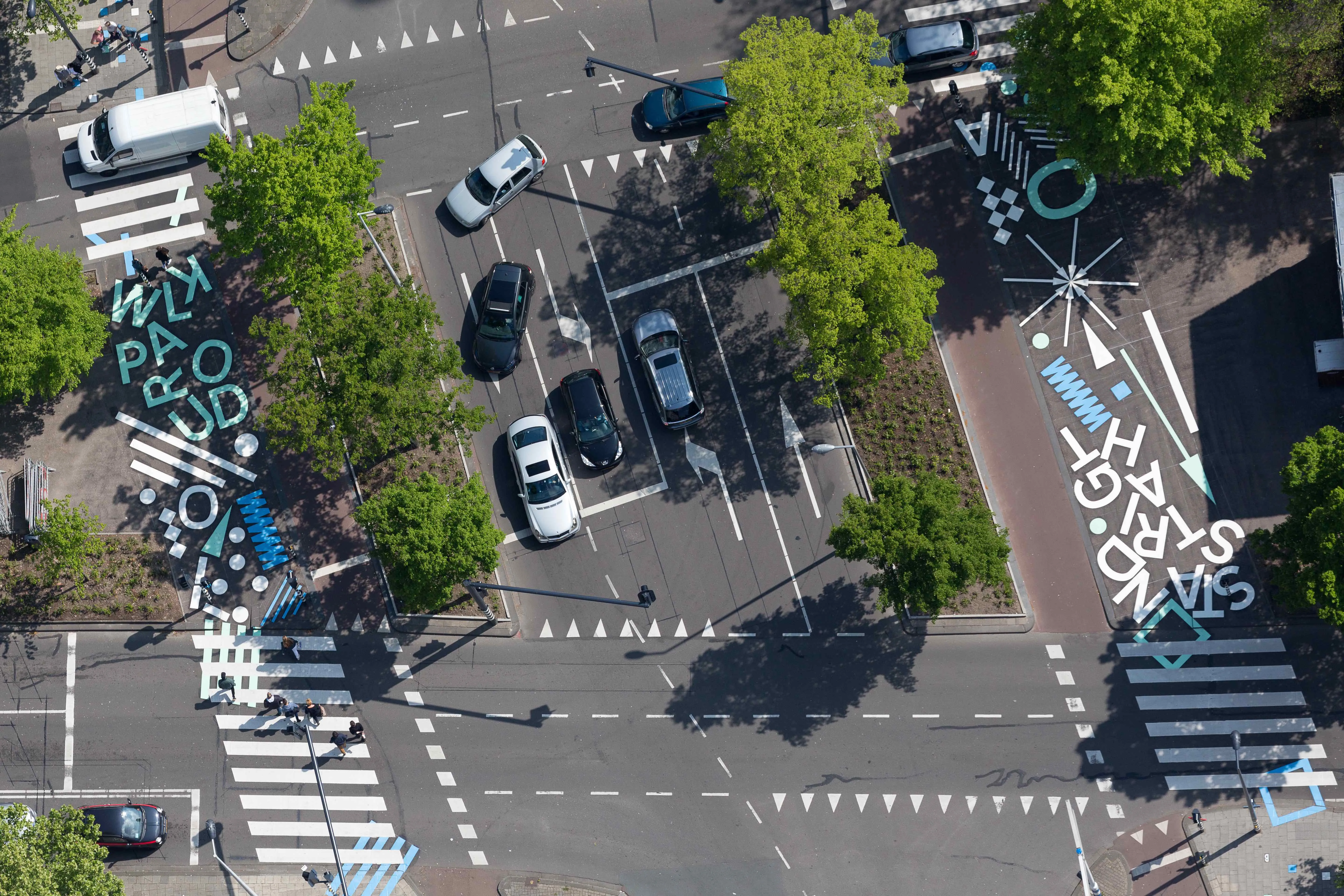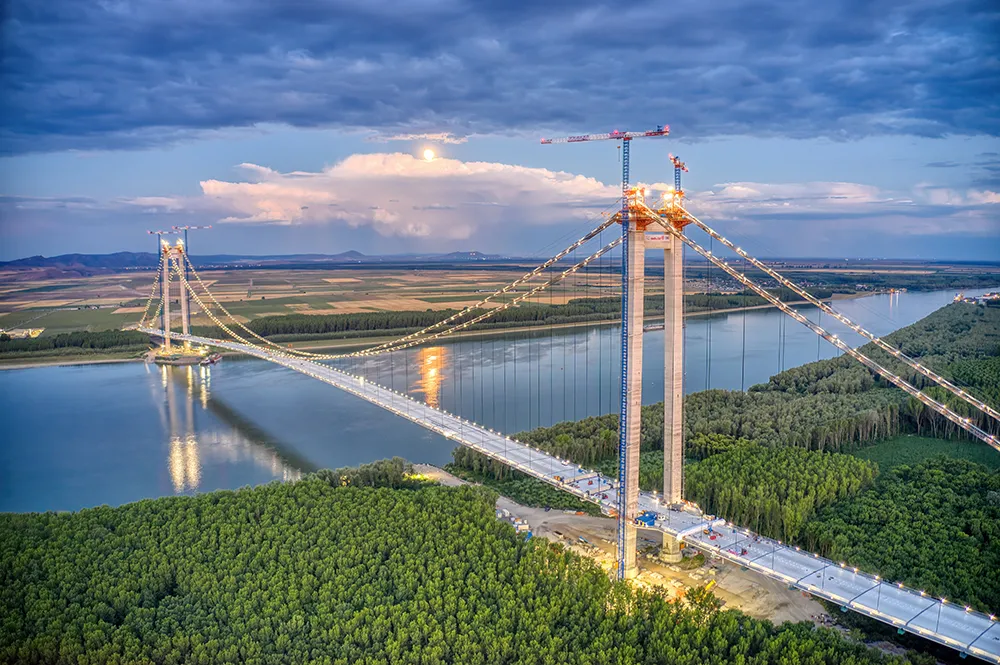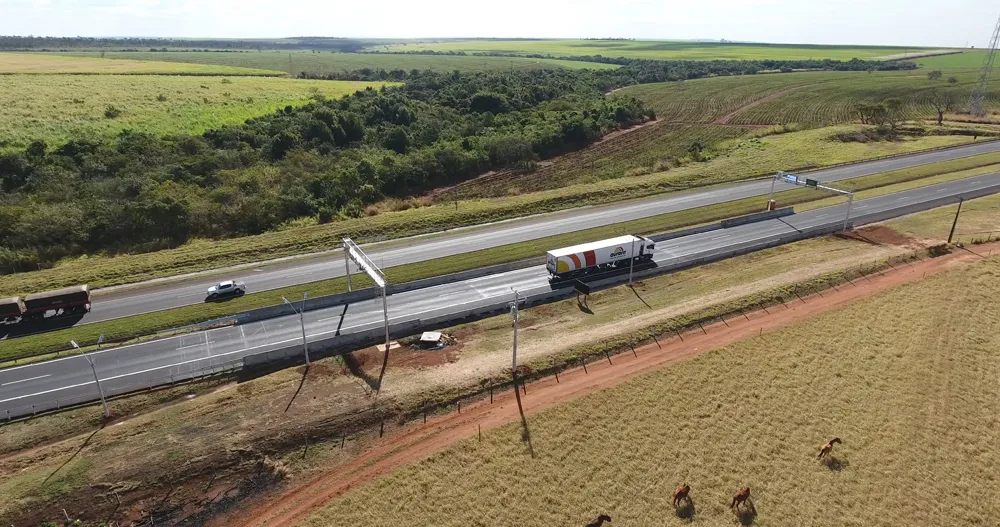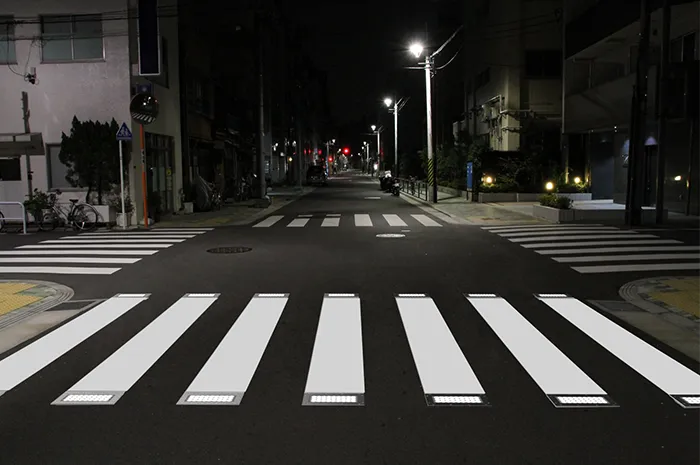
Specialist lighting provider Sernis says it has improved the visibility of pedestrian crosswalks thanks to an road stud, the LED SR-CROSSLED-S.
The units are installed along the tops of the white lines of the pedestrian crossing. This creates an even illumination along the length and breadth of the crosswalk.
According to the manufacturer, based in Braga, Portugal, the SR-CROSSLED-S has such a low profile that can be installed so it sits almost level with the road surface. As such, there is little wheel thump to be noticed by a vehicle driver.
Its robust completely stainless-steel construction allows it be used in any other road layout where there is heavy traffic and a need for greater driver attention to street furniture.
Importantly, an anti-skid treatment on the stud’s surface makes it especially safe for motorcyclists and cyclists.
It has an impact protection rating of IK10. IK ratings are an international numeric classification to indicate the degrees of protection provided by enclosures for electrical equipment against external mechanical impacts. IK10 indicates that the unit is protected against 20 joules of impact; equivalent to the impact of a 5kg mass dropped from 400mm above the impacted surface.
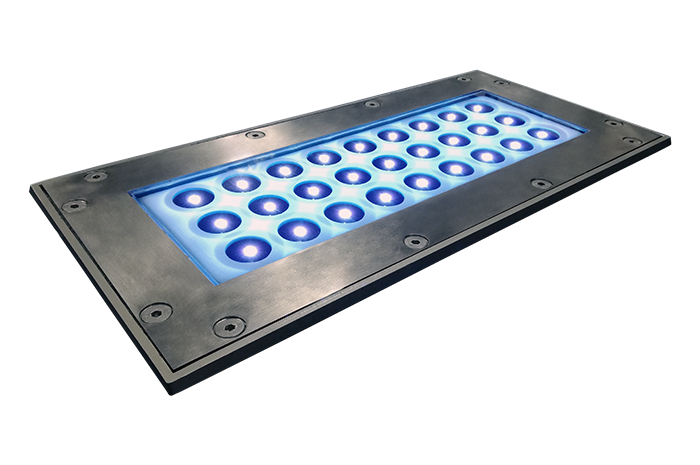
Each SR-CROSSLED-S also has a water ingress protection index of IP67. The 6 means the unit is dust-tight; no ingress of dust. The 7 means there is no harmful ingress of water up to 1m in height that might cover the unit. Inside the unit is a special gel that protects every element and circuit contained within.
A system of the lights across a crosswalk can be lit using mains power or by solar power thanks to it being a low-consumption LED set-up.
The standard version of the SR-CROSSLED-S is with white LEDs. However, the system across a pedestrian crossing can be enabled to come on in red and green when installed as part of a traffic light synchronisation system.
Similar to normal road studs, SR-CROSSLED-S can be controlled with a PC500 unit. A PC500 allows the setting of all the operating parameters of road studs or road signs. The controllers menus are dynamic and will be presented depending on the user-selected configuration. The configuration can be made directly on the controller, on their display menu or via configuration software using a USB interface.



